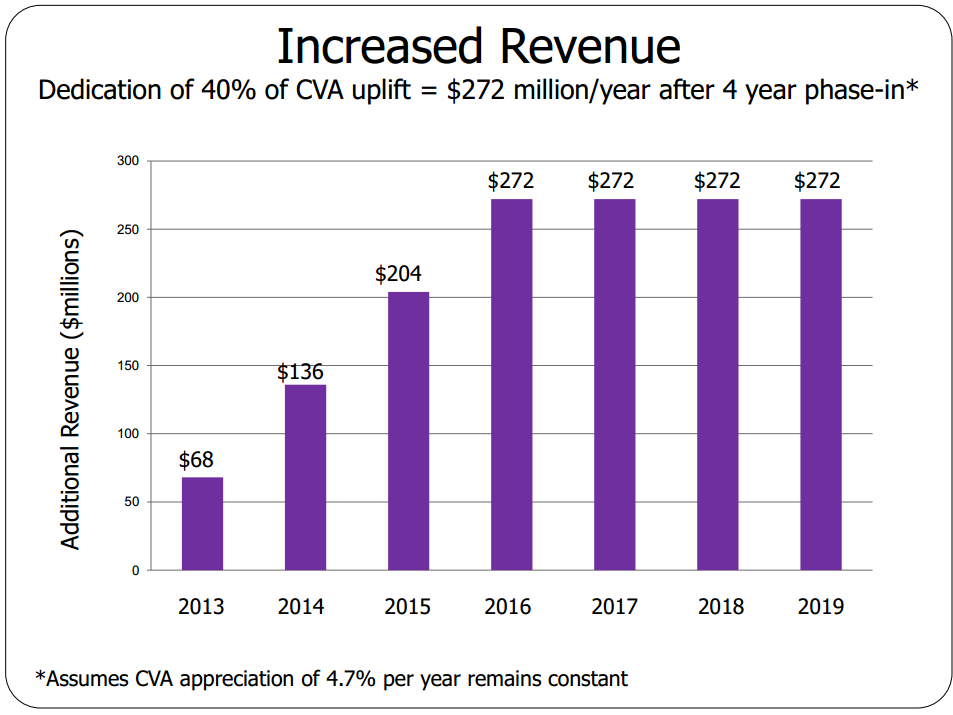Like Transit City, OneCity is a very poor transit plan. Quantity over quality. At least Metrolinx/MoveOntario had ambitious plans which included regional components and more than just little stubway lines a few kilometres long that save hardly any time, while adding transfers. Oh, sure, if we actually managed to get all these OneCity lines on the map built, we'd be in a better position than we are now (which says more about how underserved by transit Toronto is right now), but if we're going to all the trouble of carefully creating a master transit plan in response to previous plans we think aren't good enough, why not bother to sit down for a second and make all the components are useful and appropriate? They're not.
There's a *lot* of spaghetti being thrown at the wall here to see if it sticks, a crude mixture of previous plans as Superman mentioned a bit earlier in the thread. "It's a transit buffet for only $180 a year! Who cares what the food tastes like? Thank you, municipal politicians who are not Rob Ford!" is the reaction Stintz is hoping for.
For instance...
- Do they really think ending the Yonge subway at Steeles is going to help get funds flowing for transit in the 416?
- Most of the busiest routes in the city are
still being left untouched, like Dufferin, King West, Finch East, etc.
- We'd get a DRL...sort of. There's almost no point in building the DRL unless it runs west of Yonge and north of Eglinton - the only way to significantly relieve the Yonge line and the Yonge/Bloor interchange is to run a Don Mills line up to Finch and there's way too much development beyond the YUS loop for a short link to King/Queen station to deliver on promises and effectively move people around.
- The Jane LRT is back from the dead with the same unrealistic price tag. By the time Spadina is extended, Finch built, Eglinton built, St. Clair extended, and some kind of line in the GO corridor is built, Jane is going to be moving smaller crowds than what it does now, let alone what is needed to justify spending billions of dollars.
- The obsession with Malvern and its light-ridership routes continues. This time, there's lots of streetcar ROWs running all over the place...except where people are going, like STC or Centennial.
- Token bits to appease modally ideological transit fanatics, like the Wilson BRT stub. "We're using multiple modes so everyone will be happy!" Fine, but why not Dixon or Steeles or McCowan? Why ignore a line in the Portlands and a subway extension past Kipling? I guess corridors and projects like these were not picked out of the hat when the other ones were.
Some things are nice to see even though they may never happen.
- A recognition that Danforth needs to go to STC (although by diverting everything else away from STC they're just killing the natural hub and forcing people out of their way). This is just another pendulum shift, though, in terms of the latest way to fix the RT.
- The connection from Humber to Pearson. Oh, look, we have a college campus, a mall, a racetrack/casino, and an airport, all lined up in a row waiting to be served by one transit line. Every other city in the world seems capable of recognizing corridors that have trip generators in a nice little row and building a line that connects them, efficiently consolidating travel patterns into one line. We're failing miserably on Sheppard with an idiotic streetcar ROW to nowhere, but maybe there's hope for a sane and continuous transit line on Finch.
- The revamped GO lines, though god knows how this would jive with GO's 40-year plan to improve service. Throw in a couple stations, change to more nimble trains, and run them more than 5 times a day and, hey, maybe people outside of Oakville and Ajax will benefit from these rail corridors.
- The idea of "Hey, let's spend MORE on transit than we are currently spending, and actually get MORE transit!" Rob Ford tried to do this but to no one's surprise he messed up. We know Stintz can do better job but she's starting from a very weak position with this unpolished transit scheme.
Yes, that peak number for Sheppard almost but not quite justifies having a subway between Yonge and Don Mills. There already is a subway between Yonge and Don Mills, though.
And when Eglinton moves less than that (and possibly less than what the 5km stubway moves now), it'll be perfectly fine because all those billions, more than what Sheppard would cost, will have been spent on light rail and not "a subway"?






